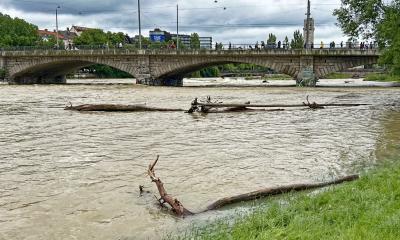
Functional Ecology and Management of Rivers and Lake Shores

Group profile
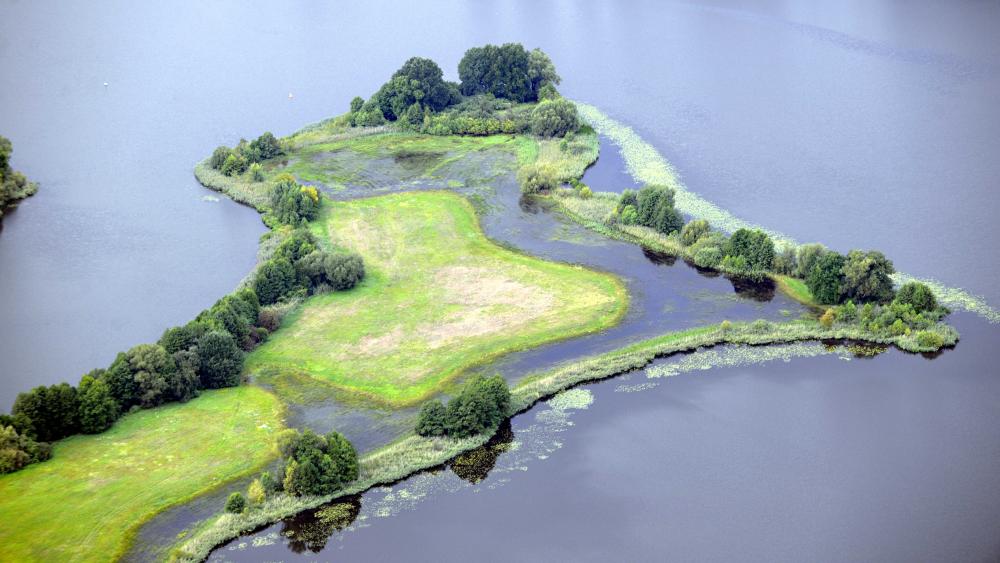
Lakeside meadows offer a variety of habitats on a small-scale (Lake Neuendorf). | Photo: Martin Pusch / IGB
River ecosystems and lake shores are dominated by benthic (bottom-dwelling) communities, including microorganisms and macrozoobenthos. These are bearers of important ecological functions, which until today are only partially known due to difficult study conditions, such as the retention of suspended organic matter and plant nutrients, or the stabilization of the entire food web. The conservation and development of the typical structure, functionality and diversity of these communities represents one of the central objectives of water policy. In the work group the effects of human activities on various ecosystem functions are demonstrated in quantitative ways, and an assessment metric for lake shores according to the EU WFD was developed. Based on this, available ecosystem services for humans are derived, which are further elaborated to form an inter-sectoral decision-making platform, which meets high demand in current water management. In addition, recommendations for the mitigation of the ecological effects of hydropower plants are developed.

work group 21. 2. 2024 (Foto: D. Zyruku)
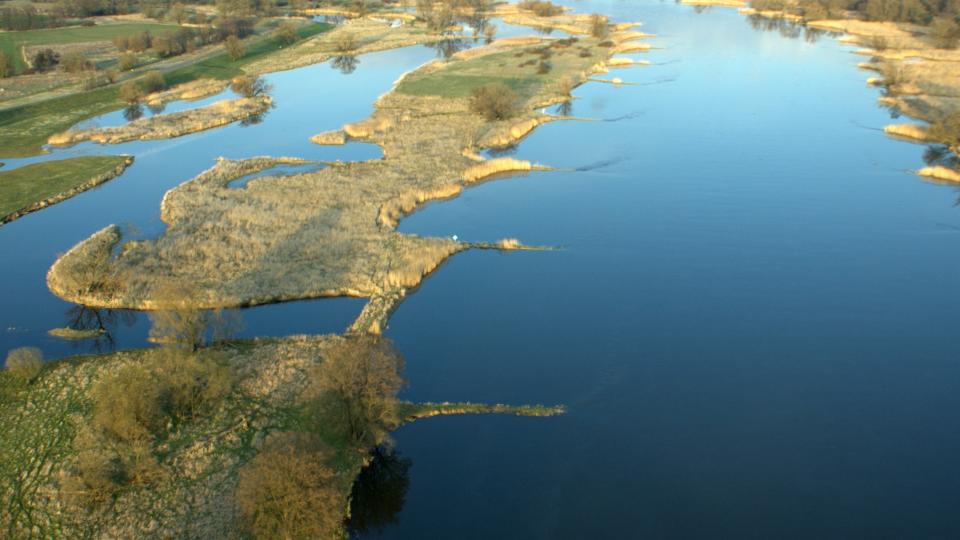
In Mitteleuropa sind die meisten Flüsse für die Schifffahrt oder Wasserkraftnutzung ausgebaut (Oder). | Foto: Martin Pusch / IGB
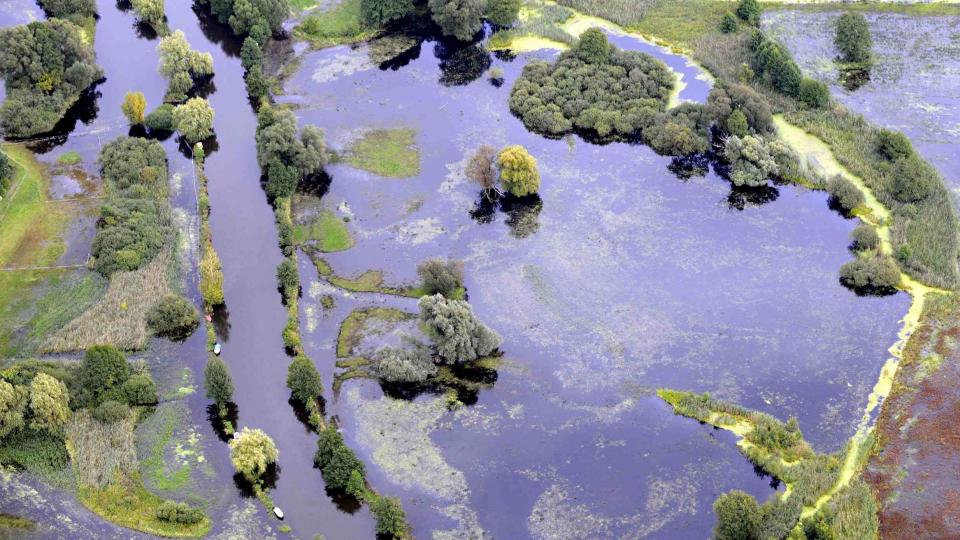
Flüsse und zeitweise überschwemmte Auen sind Zentren der Biodiversität (Spree). | Foto: Martin Pusch / IGB
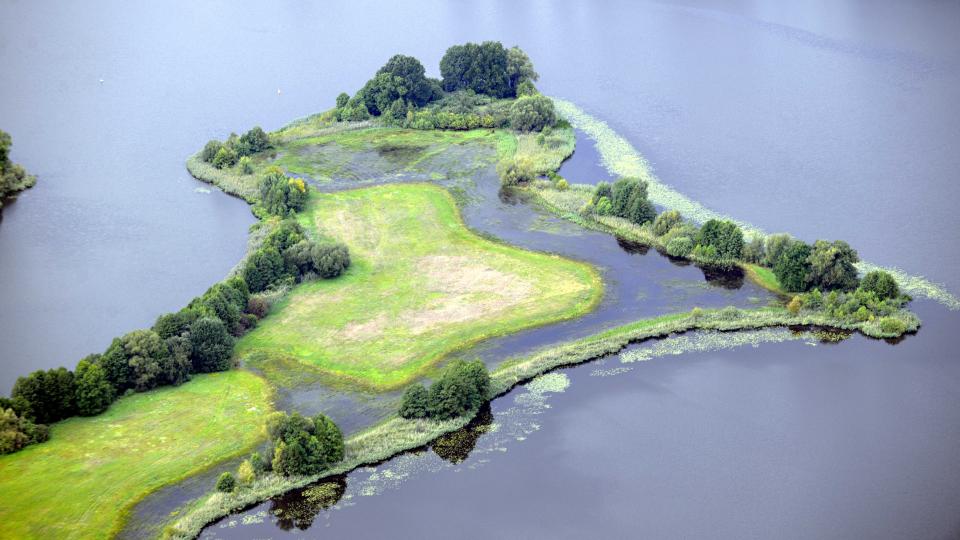
Seeuferwiesen bieten kleinräumig eine Vielfalt an Habitaten (Neuendorfer See). | Foto: Martin Pusch / IGB









